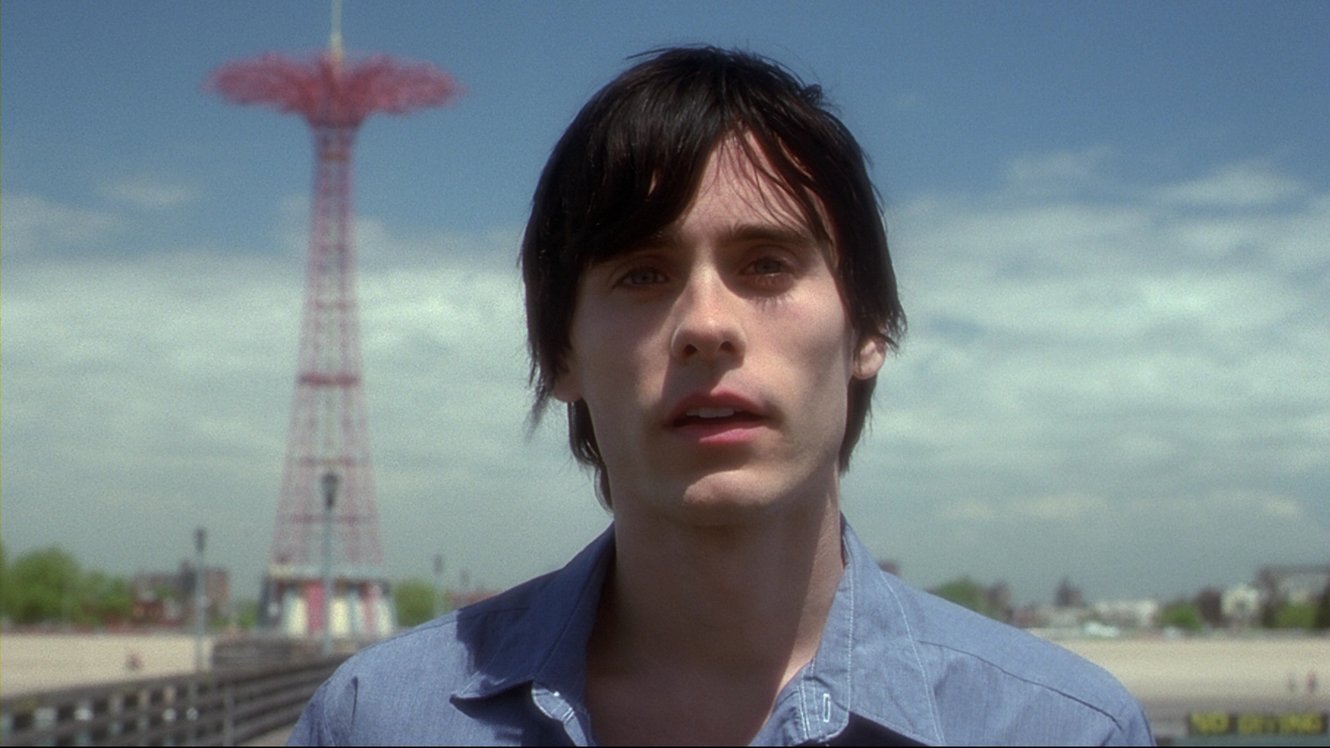
Disturbing films are not just a simple source of adrenaline and fear, they have the ability to delve into the depths of social and psychological themes relevant to our time. They reveal the essence of human nature, allowing us to understand how we react to stressful situations and how our darkest sides can influence our lives. These films not only make us think but also spark discussions about issues that affect each and every one of us.
Are you ready to embark on a thrilling journey through the most anxious corners of the silver screen? Prepare to hold on tight and immerse yourself in a captivating world of shadows and horrors. These films will leave an indelible mark on you, haunting you long after you leave the theater or turn off the television. Welcome to the world of 10 anxious films, where our fear becomes a source of entertainment and awakens the deepest emotions.
1. Freaks (Tod Browning, 1932)
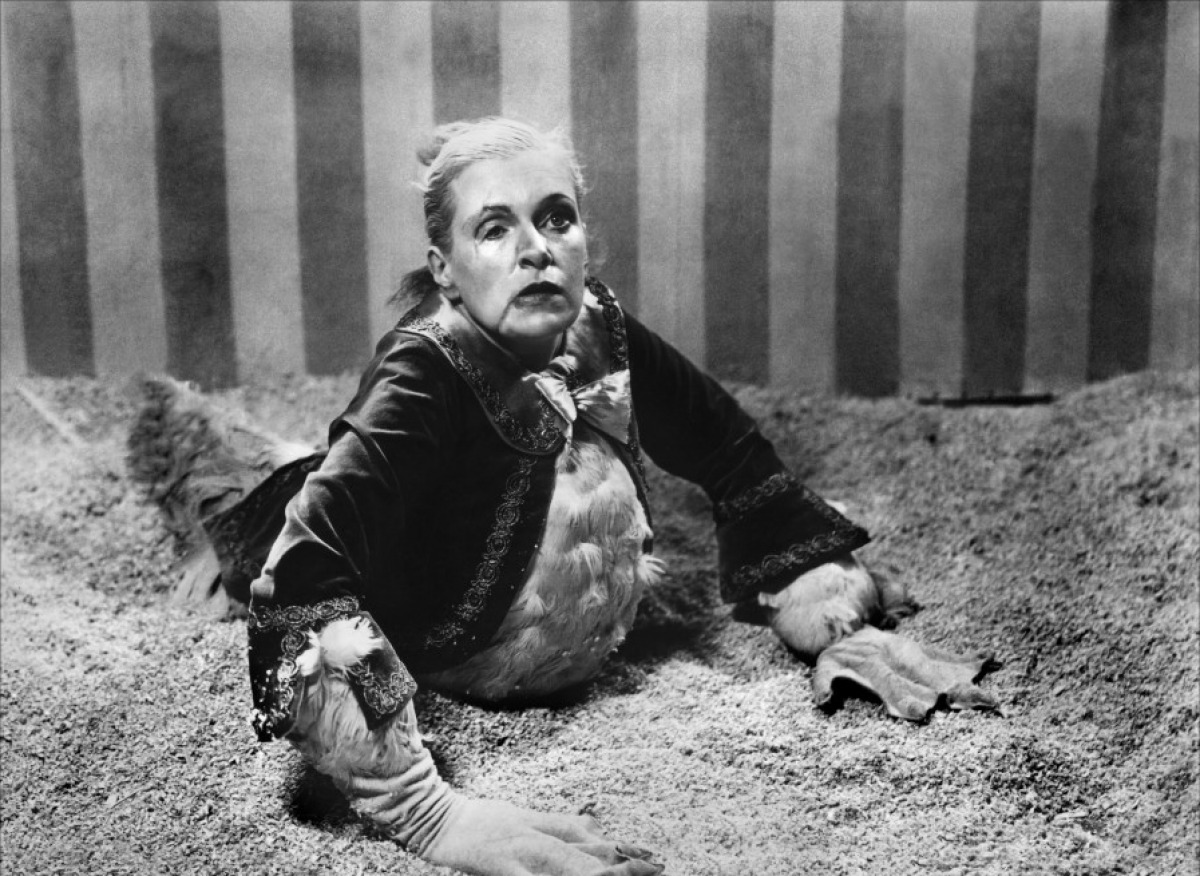
Film as an art possesses an extraordinary power to penetrate the depths of human emotions. However, there are films that embody anxiety and horror, skillfully immersing the audience into the grim realities of human nature. Tod Browning’s classic masterpiece, Freaks released in 1932, stands as one of the earliest and most vivid examples of such films.
The film tells the story of a unique community of sideshow performers who are physically different from ordinary people, evoking curiosity and fear among those around them. This cinematic work serves as a mirror reflecting social norms and prejudices. Tod Browning created a stunning cinematic language that allows us to peer into the profound emotional turmoil of the main characters and their quest for meaning in a world where they constantly feel rejected.
One of the key elements that makes Freaks so unsettling and terrifying is the use of real people with physical deformities as actors. Tod Browning cast most of the famous sideshow “freaks” from all the traveling circuses in the United States, skillfully evoking mixed emotions in us, transforming fear into compassion and empathy. He employs the power of cinema to showcase true beauty and normality, challenging societal standards. Freaks had a profound impact on the horror genre and cinema as a whole. The film caused significant controversy with its shocking content and was banned in numerous countries. However, its frank sincerity regarding prejudices, humanism, and the strength of the human spirit turned it into a true masterpiece.
The film Freaks consistently holds a prominent place among anxious and frightening films capable of eliciting strong emotional responses from viewers. Tod Browning’s virtuosic craftsmanship in creating remarkable characters, along with his open approach to complex themes, makes this film truly unique. Freaks is a genuine cinematic art that prompts us to reflect on our own prejudices and embrace a humanistic perspective of our world.
2. Rosemary’s Baby (Roman Polanski, 1968)
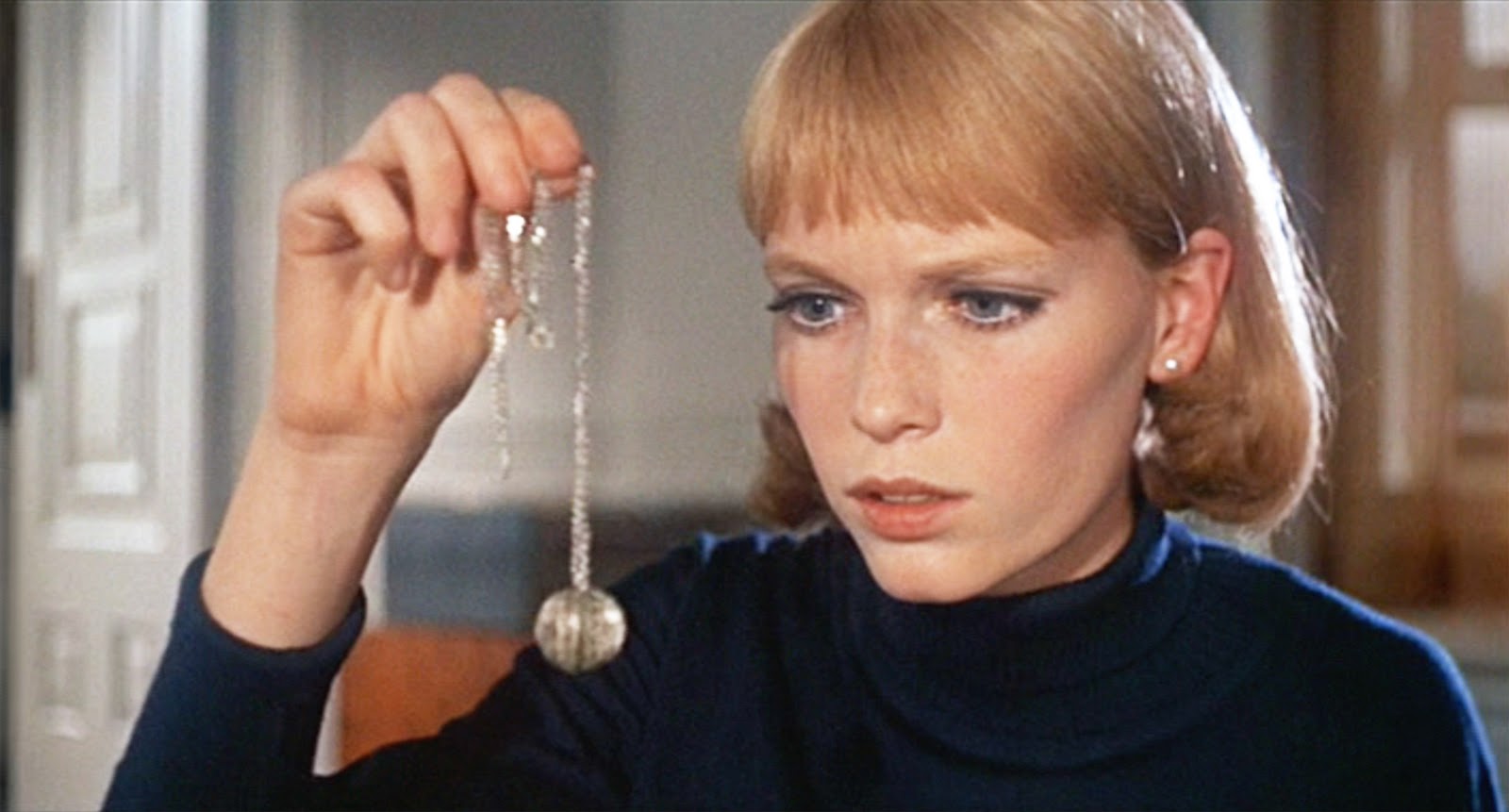
The art of cinema is constantly evolving, but there are films that keep their power and impact over time. One such film that stands out for its unparalleled anxiety and powerful emotional impulses is the cult thriller Rosemary’s Baby. Director Roman Polanski created a unique work of art with the this film. He takes the audience by the hand and leads them into a dark world of psychological nightmares and uncertainty. Drawing from Ira Levin’s novel, Polanski skillfully combines elements of horror and thriller, infusing each scene with unease and intrigue.
The film tells the story of Rosemary Woodhouse, a young woman who becomes a victim of mysterious and sinister forces. Visually complex shots, gloomy lighting, and meticulous set details contribute to the creation of a chilling atmosphere in which the viewer themselves feels the anxiety and horror experienced by the protagonist. Mia Farrow embodies Rosemary Woodhouse with captivating acting talent. She brilliantly portrays the emotional journey of her character, consumed by doubts, paranoia, and despair. Farrow creates a compelling presence that allows the audience to relish every moment of fear and tension.
Rosemary’s Baby remains one of the most significant and influential films in the horror history genre. Its mastery lies in the gradual escalation of anxiety, profound psychological impact, and meticulous attention to detail. The film set the standard for many subsequent works in the realm of anxious and frightening stories. The film continues to impress and captivate with its emotional intensity and breathtaking atmosphere.
Roman Polanski has crafted a work of art that deeply immerses the viewer into a world of fear and uncertainty. Mia Farrow’s outstanding performance and evocative visuals make this film an unforgettable masterpiece of horror. Rosemary’s Baby evokes strong emotions and leaves an indelible impression, solidifying its status as an irreplaceable gem of cinema.
3. Salò, or the 120 Days of Sodom (Pier Paolo Pasolini, 1975)
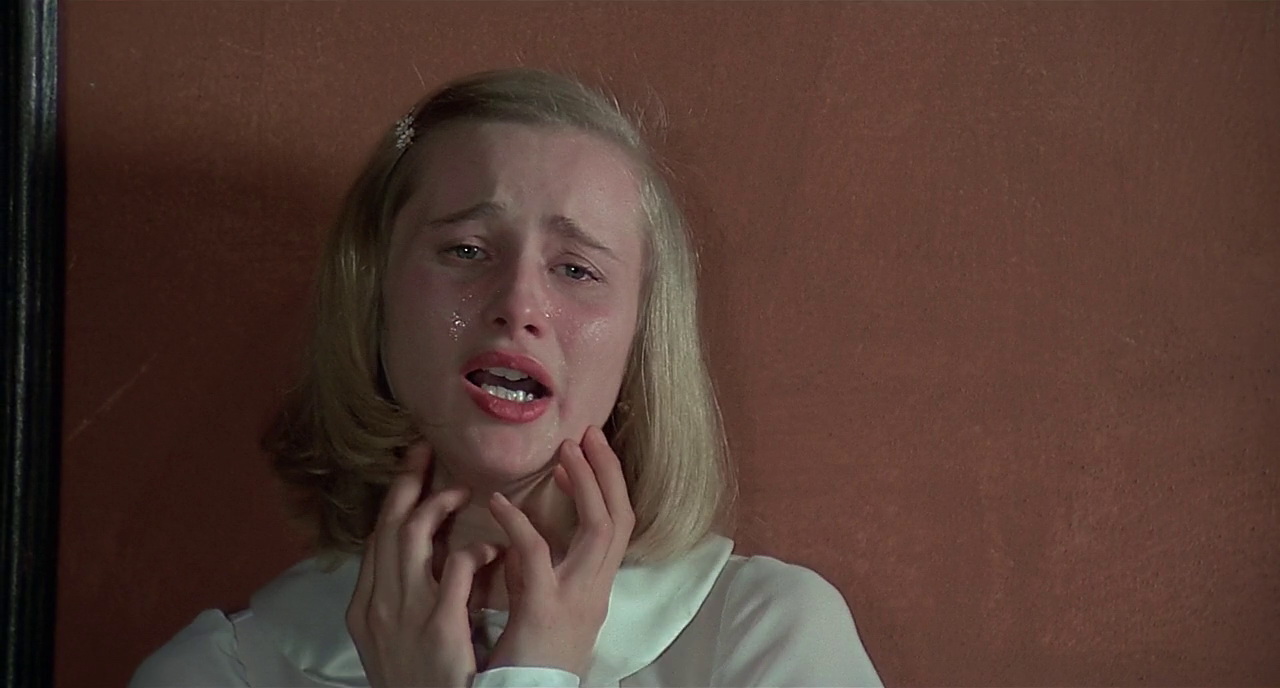
Cinema has always been a space where films can evoke strong emotions and unsettling sensations in viewers. Among such controversial works is the Italian horror drama Salò, or the 120 Days of Sodom, created by the great Pier Paolo Pasolini. Salò is an adaptation of the Marquis de Sade’s novel 120 Days of Sodom and delves into the world of fascist dictatorship and moral degradation.
The plot revolves around a group of fascist officials who, exploiting their power during World War II, subject young prisoners to a series of perverse and horrifying tortures. Pier Paolo Pasolini deliberately sought to elicit emotional shocks from the audience. In Salò, he achieves this goal through brutal and extreme scenes depicting violence, sexual perversions, and humiliations. The director skillfully uses the possibilities of cinema to penetrate the viewers ’subconscious and evoke deep unease.
The film Salò generated a strong reaction in the film industry and caused significant controversy. Its uncompromising nature lies in its ability to challenge traditional notions of cinema and raise questions about its limits and boundaries. Salò became a subject of discussion within the context of art and its influence on society.
Pasolini embodies his vision in Salò with impressive cinematic craftsmanship, deviating from traditional approaches. The film became a challenge to established notions of cinema and had a profound impact on contemporary filmmakers, inspiring them to experiment with form, content, and emotional impact in their own works.
4. Threads (Mick Jackson, 1984)

Threads is an unparalleled masterpiece of cinema, directed by Mike Jackson in 1984. This unique television film, created in collaboration with the BBC, truly shocks and shakes the viewer, immersing them in a grim world of nuclear war. Its not only shocks with its depictions of destruction but also delves into the emotional and psychological consequences for the characters and the audience. The film penetrates the viewers with its power and horror, becoming an integral part of a cinematic legacy that leaves an unforgettable impression.
Threads astound viewers with its ruthless realism, plunging them into a world of devastation and panic caused by nuclear catastrophe. With impeccable craftsmanship, Mike Jackson presents before us images of death and despair, meticulously detailing every step of the conflict’s escalation and its unpredictable consequences for ordinary people. Special attention is given to the psychological aspects and emotional turmoil experienced by the characters, making the viewer feel the depth and terrifying reality of the nuclear war threat.
The film superbly captures the atmosphere of fear and helplessness that grips both individuals and society. Through stunning visual effects and skillful editing choices, Threads accurately portrays the apocalyptic vision of destruction, immersing the viewer in a dark whirlpool of horror and hopelessness. Threads is a film that will not leave any viewer indifferent. Its remarkable screenplay and outstanding performances evoke profound emotions and prompt reflection on harsh realities. While the film is harsh and occasionally frightening in its straightforwardness, its value lies in forcing us to confront real threats and engage in serious discussions about the necessity of preserving peace and security.
Threads is a film that should be seen by all cinema lovers who appreciate bold and significant works. It presents an alarming and terrifying perspective on nuclear war, emphasizing the destructive consequences and enduring impact on society. Mike Jackson has created a masterpiece that leaves a deep impression on the hearts and minds of viewers, reminding us of the importance of preserving peace and drawing attention to the global issues of our time.
5. Come and See (Elem Klimov, 1985)
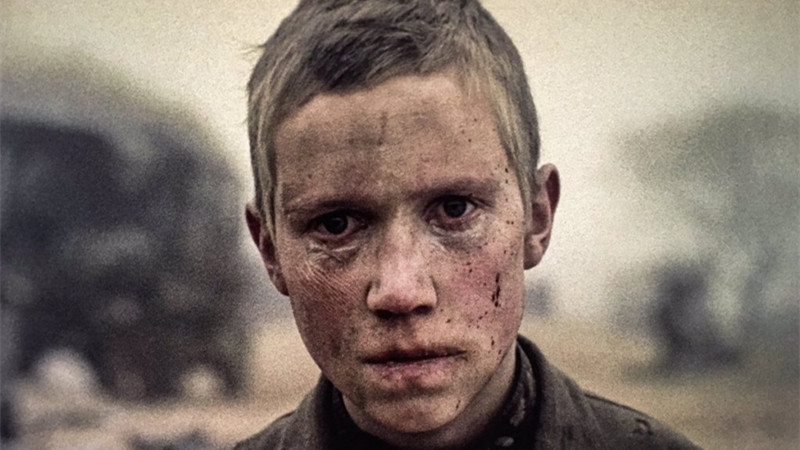
The art of cinema has always aimed to evoke strong emotions in the viewer, transporting them into a world of anxiety and horror. In this context, Come and See a film directed by Elem Klimov in 1985, stands out as it remarkably captures the unease and terrifying atmosphere of World War II in Belarus. Come and See is a true masterpiece of cinematic art, immersing the viewer in an ocean of horror and distress experienced by the characters on screen.
The film skillfully portrays the human capacity for suffering amidst destruction and violence. The director’s craftsmanship is clear in the adept use of cinematic techniques, including visual effects, music, soundtracks, and acting. Each scene is carefully constructed to intensify the events and plunge the viewer into an atmosphere of terror and anxiety.
Come and See not only evokes strong emotions, but also prompts reflection on profound philosophical questions. The film sheds light on the dark side of human nature and its capacity for degradation in the extreme conditions of war. We are left with the realization that our society and personal choices hold immense significance in preventing such horrors. Elem Klimov’s film is notable as an outstanding example of the genre capable of instilling fear and horror while shedding light on the tremendous potential of cinema in conveying complex emotions.
Watching this work of art requires an open mind and a readiness for deep emotional immersion. Come and See leaves an indelible mark on our memory and soul. This film is an important work of art that urges us to contemplate war, violence, and their consequences. As part of this cinematic mosaic, we come to realize the importance of preserving peace and the profound impact of cinema on our emotional states and worldview.